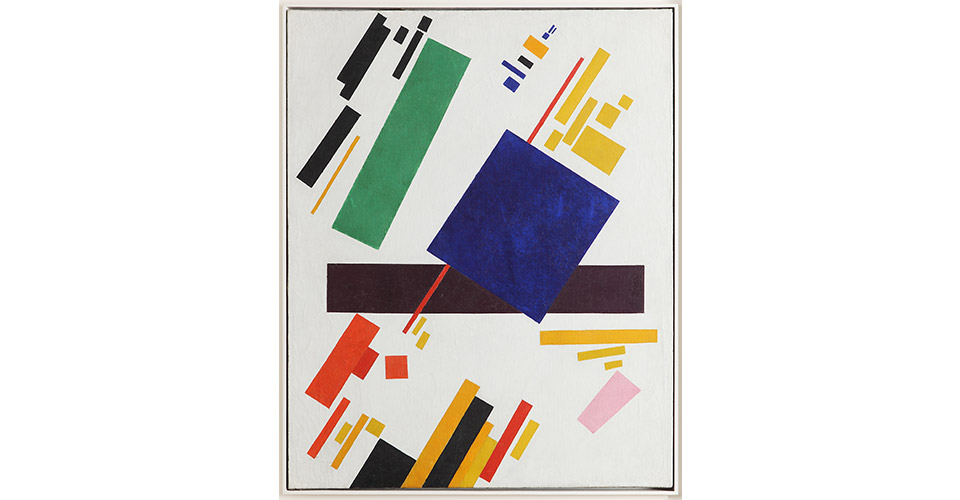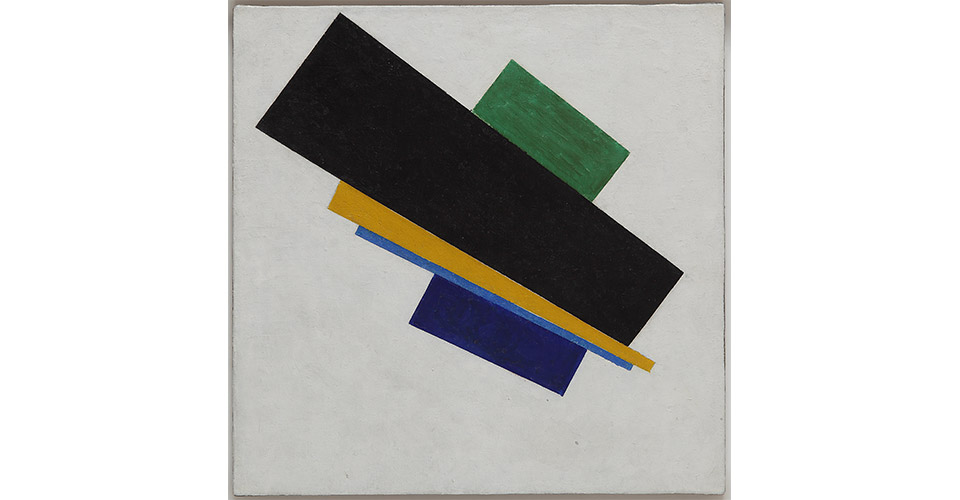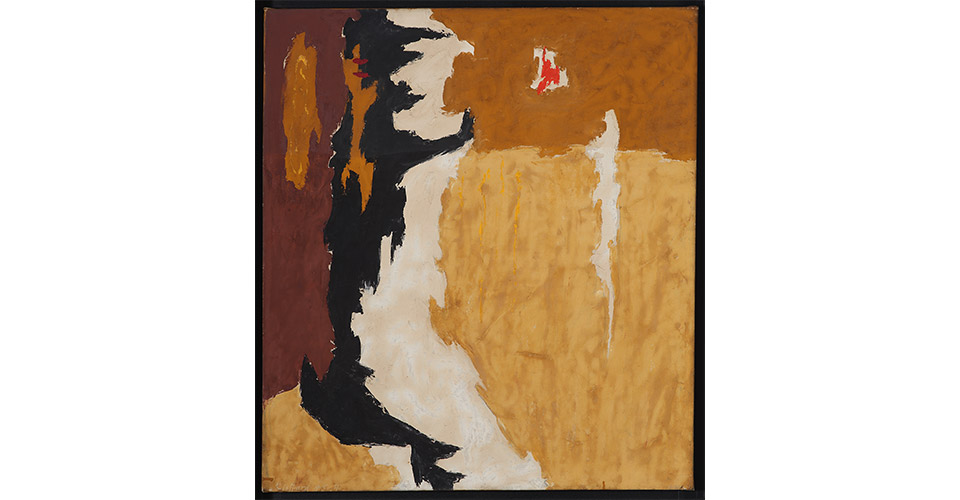Take a break from the holiday rush to enjoy some of the art world’s greats at Paths to the Absolute, currently on view at New York’s Di Donna gallery. The show offers a tightly edited look at the early days of abstract painting: its seminal period in Europe led by Wassily Kandinsky, Kazimir Malevich and Piet Mondrian as well as its rise on the other side of the Atlantic, during the post–World War II era, with Americans Barnett Newman, Jackson Pollock, Mark Rothko and Clyfford Still. The two groups shared similarities — and many differences, too — but as Mark Rosenthal writes in an essay in the accompanying catalogue, for both, “Individual freedom, both personal and political, was considered at risk and in need of protection and expression. Constraints of any kind — stylistic and otherwise — were anathema, and thus abstraction was a clear sign of freedom of expression…. Both generations expressed a similar enthusiasm for the power and profundity of art in general.” Check it out for yourself at Di Donna, before the show ends on December 3rd, or take in a few of these art history milestones in the slideshow above.
More to explore in Culture
-
 Culture
11.22.23
What’s Your Sign? Sagittarius
Culture
11.22.23
What’s Your Sign? Sagittarius
-
 Culture
10.19.23
What’s Your Sign? Scorpio
Culture
10.19.23
What’s Your Sign? Scorpio
-
 Culture
9.19.23
What’s Your Sign? Libra
Culture
9.19.23
What’s Your Sign? Libra
-
 Culture
8.14.23
What’s Your Sign? Virgo
Culture
8.14.23
What’s Your Sign? Virgo
-
 Culture
7.14.23
What’s Your Sign? Leo
Culture
7.14.23
What’s Your Sign? Leo


 Milieu accompagné (Center with Accompaniment), 1937, by Wassily Kandinsky; Private Collection © 2016 Artists Rights Society (ARS), New York
Milieu accompagné (Center with Accompaniment), 1937, by Wassily Kandinsky; Private Collection © 2016 Artists Rights Society (ARS), New York


 End of Silence, 1949, by Barnett Newman; Collection of Marsha and Jeffrey Perelman, Wynnewood, Pennsylviania © 2016 The Barnett Newman Foundation, New York / Artists Rights Society (ARS), New York
End of Silence, 1949, by Barnett Newman; Collection of Marsha and Jeffrey Perelman, Wynnewood, Pennsylviania © 2016 The Barnett Newman Foundation, New York / Artists Rights Society (ARS), New York
